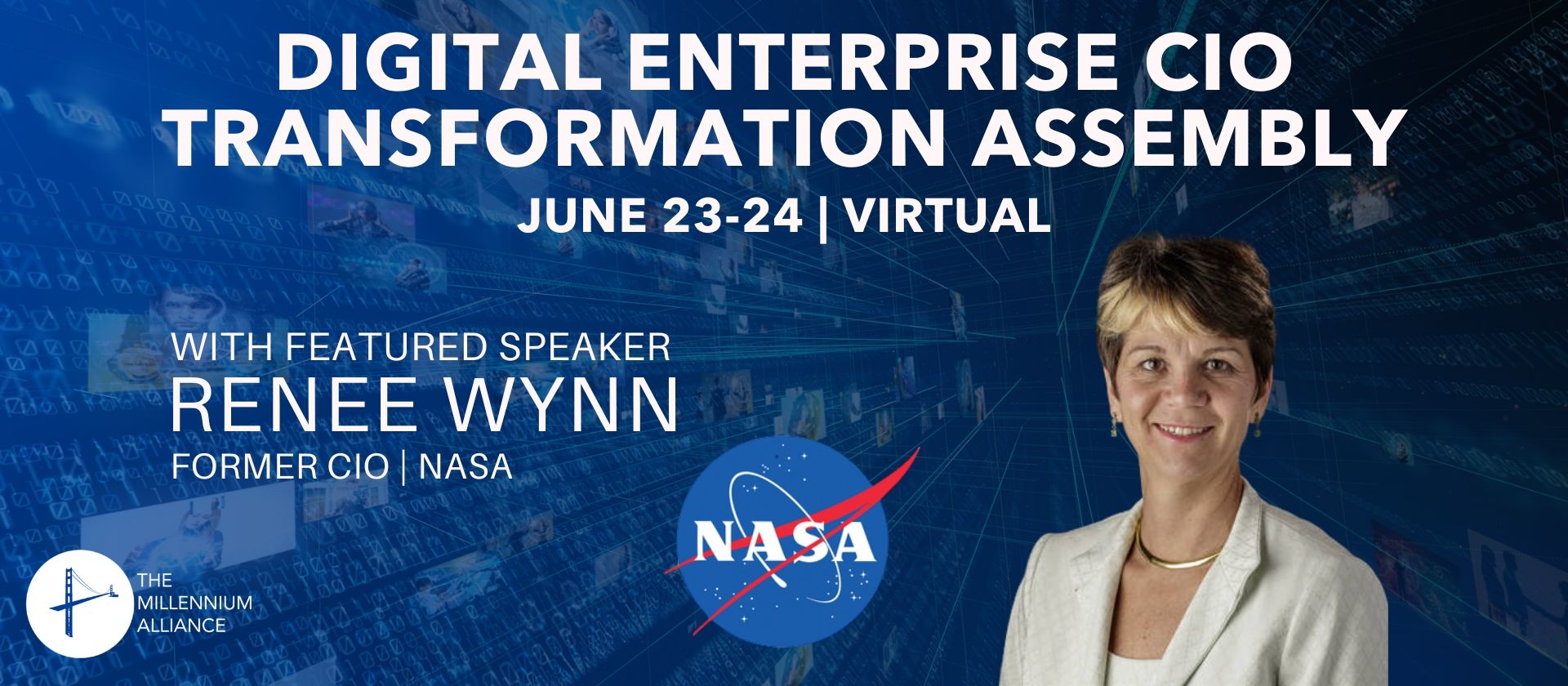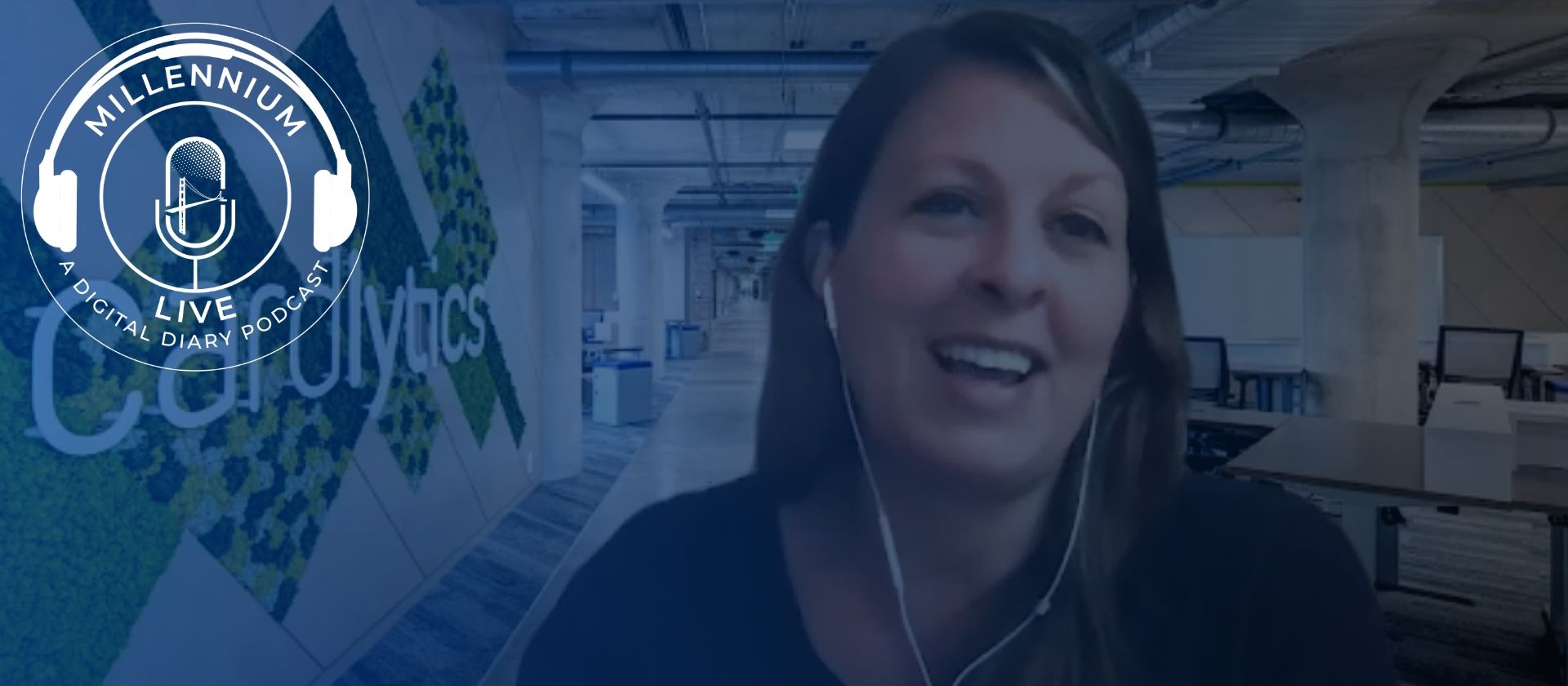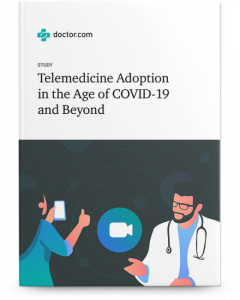As originally published by David Sable on Linkedin. Subscribe to the newsletter!
I don’t know about you, but I am tired of Apocalyptic talk…the endless blaming, the advice for the “new normal,” and the ten ways to look better on ZOOM.
My view is that we need to learn from what was FUBAR, understand the difference between Planning and Plans, gain human insight from the intense, all-in, focus group we have lived in the past few months, and orient ourselves towards a PEOPLE FIRST world, embracing ingenuity instead of our favorite buzzword (“Innovation”). Doing so, will become a critical component of our recovery, as you will see…read on…
As if our current predicament hasn’t presented us with enough challenges, we need to think about one other vital task: we need to ditch politics—partisanship of the worst order—and embrace our ability to come together as people with a common cause, without hate, without racism, without fear.
And, while I am writing this with an eye to the United States (apologies to all my non-U.S. readers), the basic lesson is true and powerful. Most importantly, I will argue that the unique and defining DNA of the United States has been lying dormant, awaiting an awakening call to continue its story.
This story has a beginning that takes us back to 1831 and a young French aristocrat, Alexis de Tocqueville, who arrived in the United States on a mission from the July Monarchy to study prisons and penitentiaries. Which he did…but more importantly for us he traveled all over, took copious notes and in 1835 published a book called De la Démocratie en Amérique, or as we call it in the U.S., Democracy in America.
de Tocqueville was obsessed with the economic, social and geographic forces that were transforming America, and he hoped that he could help his own country better navigate the rapids between the dying aristocratic system and the nascent democracy that was beginning to take form.
Much of the book is about liberty and equality. Government and politics. Democracy and tyranny…old and new. Yet, at a lecture I recently attended (via conference call, of course) de Tocqueville’s views on “Association in Civil Life” came to life, and I realized here was the core—the DNA—of our social and economic recovery.
In a heading titled, “On the Use that Americans Make of Association in Civil Life,” de Tocqueville writes:
“I do not wish to speak of those political associations with aid of which men seek to defend themselves against the despotic action of a majority…the political associations that exist in the United States form only a detail in the midst of the immense picture that the sum of associations presents here.” (I am quoting from the translation of his book by Harvey C. Mansfield and Delba Winthrop—amazingly only the second translation ever of this momentous manuscript.)
In my view, it’s that “sum of associations” that presents us with the biggest opportunity to triumph as we contemplate our world while we emerge from lockdown. And it is my fear that we have lost direct contact with our heritage and are in dire need of rediscovering it.
de Tocqueville’s words resonate across the centuries.
“Americans,” he wrote, “of all ages, all conditions, all minds constantly unite…if it is a question of bringing to life a truth…they associate.” He then says that in France, the government would lead, and in England, some lord might, but in the U.S., it would be an association that leads. To prove the point, we just witnessed how huge protests of associations of likeminded people over the past few weeks have already begun to spearhead change.
He then writes, “I often admired the infinite art with which the inhabitants of the United States managed to fix a common goal to the efforts of many men and to get them to advance it freely.” And, finally, “The science of association is the mother science; the progress of all others depends on the progress of that one.”
And there you have it. An admonition from our past calling out to us to unite—a Frenchman dispassionately observing what makes us unique. The way forward for us as a nation can come from de Tocqueville’s observation of our past, our roots.
We were a country that was founded on ingenuity. People who naturally coalesced to solve problems, who could focus on a common goal and make it happen. And, we seem to have lost our way.
Yet, this questing French Aristocrat, gave us the answer…listen:
“The greatness of America lies not in being more enlightened than any other nation, but rather in her ability to repair her faults”
We are standing at a unique moment in time. A time not to reset, but to rethink. A time not to yearn for a “new normal,” but to embrace constant and dynamic change in an inclusive and powerful way. A time to remember that it wasn’t partisanship that made America Great, but rather our ability to unite and create associations. A time for trust and truth and fixing.
Politics are a mere detail. Innovation is about technology. Ingenuity is about People First.






 “The rate with which consumers return to some sense of normalcy will be disrupted not only by lingering concerns about COVID-19, but also by the income shock that the economy as a whole is currently experiencing. For these reasons, the recovery will likely be slow and most importantly, highly variable from customer to customer. Now more than ever, companies will need to account for this in their tactical decision making by embracing these differences across customers, identifying who it is who is continuing to buy, what it is that makes them special, and how the firm can reposition itself to better cater to those people.”
“The rate with which consumers return to some sense of normalcy will be disrupted not only by lingering concerns about COVID-19, but also by the income shock that the economy as a whole is currently experiencing. For these reasons, the recovery will likely be slow and most importantly, highly variable from customer to customer. Now more than ever, companies will need to account for this in their tactical decision making by embracing these differences across customers, identifying who it is who is continuing to buy, what it is that makes them special, and how the firm can reposition itself to better cater to those people.” 

 “Some CISOs may wish to lower the risk of sensitive information being leaked by sending out new laptops with strict security settings to some employees with instructions to move all information about their organization to that machine and do all work for their organization (and nothing else) on that machine. They could even take the opportunity to provide with the laptop an easy-to-read handout for family members and other occupants about simple cybersecurity precautions. They should also be familiar with (or check with counsel or a consultant on) laws like GDPR, CCPA, HIPAA, and FERPA and how they are being interpreted today.”
“Some CISOs may wish to lower the risk of sensitive information being leaked by sending out new laptops with strict security settings to some employees with instructions to move all information about their organization to that machine and do all work for their organization (and nothing else) on that machine. They could even take the opportunity to provide with the laptop an easy-to-read handout for family members and other occupants about simple cybersecurity precautions. They should also be familiar with (or check with counsel or a consultant on) laws like GDPR, CCPA, HIPAA, and FERPA and how they are being interpreted today.”




